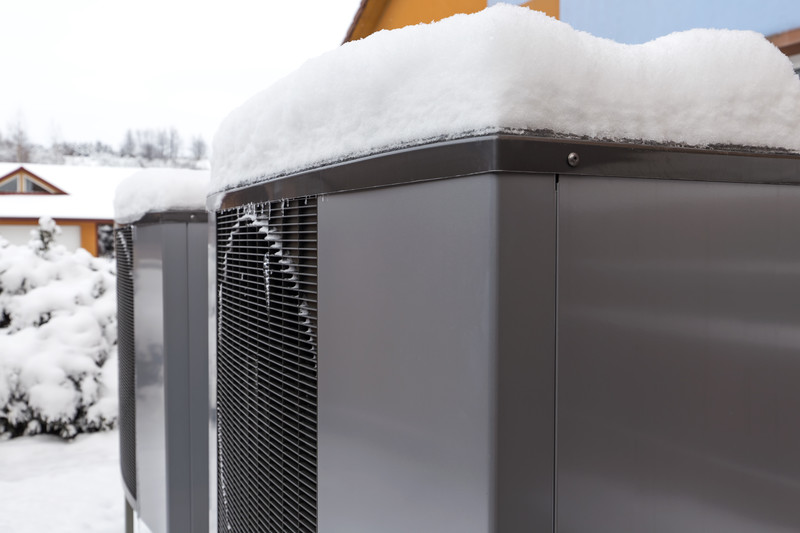Is your wallet looking forward to warmer weather? The cost to heat Canadian homes this winter rose significantly for almost three-quarters of the country this year and has a lot of people looking at alternative ways to stay comfy indoors and save some cash—a heat pump might be the solution you’re looking for.
What is it: Heat pumps aren’t anything new, but improved technology has finally made them suitable for Canada’s cold and varied climate. There are air, ground and water source heat pumps, but cold climate air-sourced heat pumps are the most commonly used in Canada.
How it works: Heat pumps collect and concentrate energy from outdoor air, convert it into heat (or cool it down) and then pump it into your home—it’s not producing heat, it’s just transferring it, and since the air outside is free, you’re only paying for the electricity your heat pump uses.
What you’ll pay: The initial installation of a heat pump ranges from $4,000 to $8,000, a higher price tag than the $3,600 to $4,600 estimate for a new furnace.
- According to the Pembina Institute, the annual heating bill for a BC furnace is about $375 a year. In comparison, a heat pump will cost between $300 and $400 to run annually.
What you’ll save: Heat pumps are great at cutting your carbon pollution, so you’re saving the planet. The federal government provides grants up to $6,500 and zero-interest loans for homeowners who switch to heat pumps through the Greener Homes Program and the Oil to Heat Pump Affordability Grant. You could also be eligible for grants at a provincial or municipal level.
So, is it worth it? When you consider everything like lifespan, maintenance, the size of your home and the climate you live in, there isn’t a clear winner between furnaces and heat pumps right now. But as oil prices drive higher a winner could emerge—like in Sweden.
- And if your heat pump runs off of solar-generated electricity, a study by Western University found that it could pay for itself in 15.5 years and provide an annual 2.7% return on your investment—going green could make you green.
